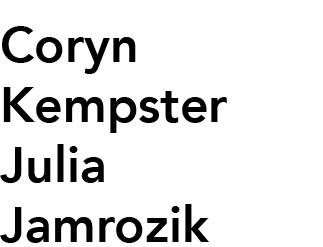MOTION STUDIES - BODY
with Gabe Sawhney
Series of 12 video works (5-11 minutes duration). Exhibited at Vtape, Toronto; Wiesner Art Gallery, Cambridge; YYZ Gallery, Toronto and the Canadian Embassy in Berlin.
Motion Studies is a collection of works that explore the dynamics of motion over time through the negation of space using video footage processed with a technique that we developed.
The process reduces the space in each frame of video down to a digital minimum of a column one pixel wide. The resulting strip from each subsequent frame is added to the one previous. In this manner, rather than seeing sequential images of something as it moves through space in time as with traditional video, we are left with a static image of motion at multiple intervals in time seen simultaneously. This image is then reanimated by synchronizing it with the original audio, returning the data to video once again. This process of substituting the y-axis of space for time allows us to freeze motion for study in a way that traditional methods of visualization cannot.
The studies focus on banal, everyday subjects and situations. By re-presenting the ordinary in an extra-ordinary manner we hope to make the viewer reconsider and re-experience simple things anew.
MOTION STUDIES - URBAN
with Gabe Sawhney
Series of 12 video works (5-11 minutes duration). Exhibited at Vtape, Toronto; Wiesner Art Gallery, Cambridge; YYZ Gallery, Toronto and the Canadian Embassy in Berlin.
Motion Studies is a collection of works that explore the dynamics of motion over time through the negation of space using video footage processed with a technique that we developed.
The process reduces the space in each frame of video down to a digital minimum of a column one pixel wide. The resulting strip from each subsequent frame is added to the one previous. In this manner, rather than seeing sequential images of something as it moves through space in time as with traditional video, we are left with a static image of motion at multiple intervals in time seen simultaneously. This image is then reanimated by synchronizing it with the original audio, returning the data to video once again. This process of substituting the y-axis of space for time allows us to freeze motion for study in a way that traditional methods of visualization cannot.
The studies focus on banal, everyday urban subjects and situations. By re-presenting the ordinary in an extra-ordinary manner we hope to make the viewer reconsider and re-experience simple things anew.








